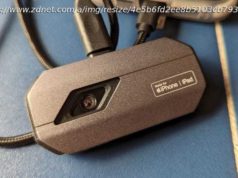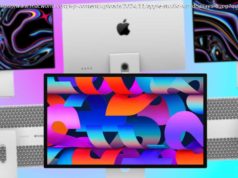Microsoft paved the way for Apple to take over an industry before. Will history repeat itself with AR/VR headsets?
Microsoft launched its Ignite conference today by demoing the VR meetings we all wish we’d been having for the past year. Its Mesh collaboration system, running on $3,500 HoloLens headsets, offers real-time „holographic“ videoconferencing with avatars or motion-captured models. It’s quite similar to a third-party offering, Spatial, which we’ve seen at Qualcomm and Microsoft events for the past two years. We’ve even seen Spatial running on HoloLens. Collaboration is definitely a killer enterprise app for mixed reality, especially in our upcoming post-COVID world, where there may be a lot less business travel and a lot more working at home. The bigger issue is that AR/VR hardware strategies from Microsoft and everyone else seem to be stuck, and I suspect that (to their horror) only Apple will pull them out. In a lot of ways, it reminds me of the smartphone market in 2002 to 2005, when Microsoft dominated enterprise smartphones in the US with „Pocket PC“ branded devices running Windows Mobile. Smartphones existed then! I was literally hired to cover them. My first smartphone roundup, in 2004, was quite the island of misfit toys. Along with Microsoft, a handful of other platform players jockeyed for position—the equivalent of today’s Valve and Oculus in VR. Then, between 2007 and 2009, a broad hardware transition (to capacitive touch screens) and network transition (to 3G) came, and it ultimately blew them all away. (A note here: I am appalled at how many AR/VR products I have called „game changers.“ The game has not changed.






